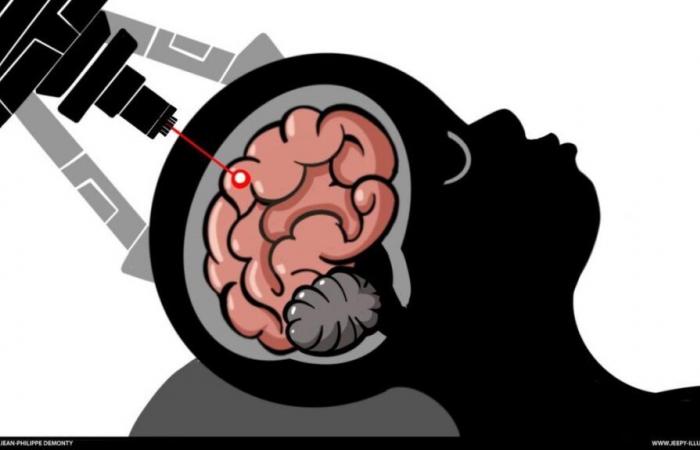Epilepsy affects more than 40,000 children in Belgium. Although medication is sufficient in a good majority of cases, refractory epilepsy can nevertheless give the child and his parents a hard time. More invasive, the therapeutic arsenal is still well stocked.
Article reserved for subscribers
Published on 10/25/2024 at 08:39
Reading time: 3 min
SOn the podium of diseases that particularly affect young children, there is epilepsy. It is even considered to be the most common neurological disease in children, after migraine. “More than 50% of epileptic patients are under 10 years old,” confirms P.r Alec Aeby, director of the pediatric neurology department at the Brussels University Hospital (HUB). “That represents more than 40,000 children! The incidence of the epidemic according to age peaks at two periods: before 10 years and after 60 years. Why before 10 years? Because it is a period when the brain undergoes unprecedented development. And, like any rapidly developing system, it is unstable. This instability is a strength, but also a weakness because it has an impact on epilepsy and brain development. »
This article is reserved for subscribers
Access verified and decrypted national and international information
1€/week for 4 weeks (no commitment)
With this offer, take advantage of:
- Unlimited access to all editorial articles, files and reports
- The newspaper in digital version (PDF)
- Reading comfort with limited advertising
Health






